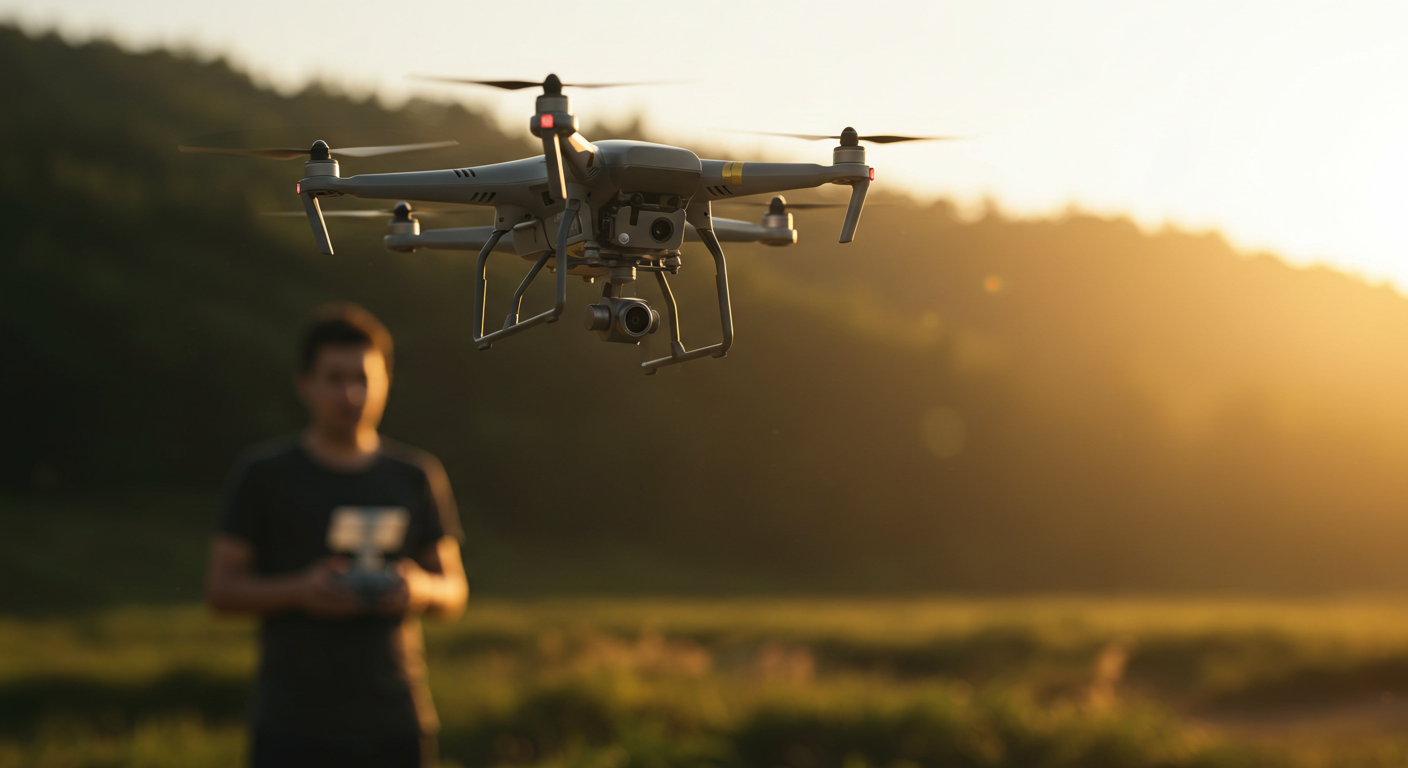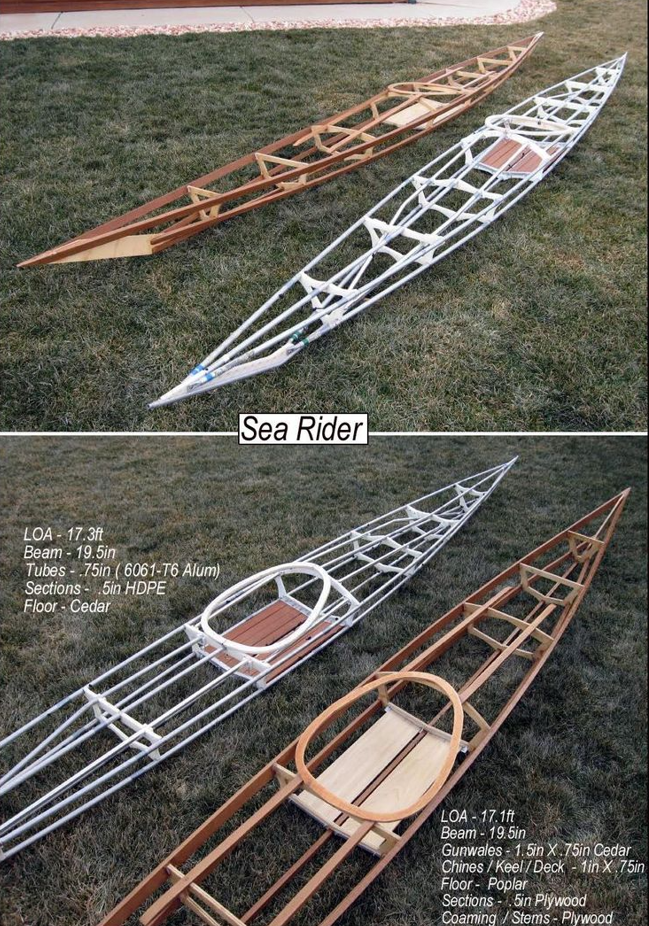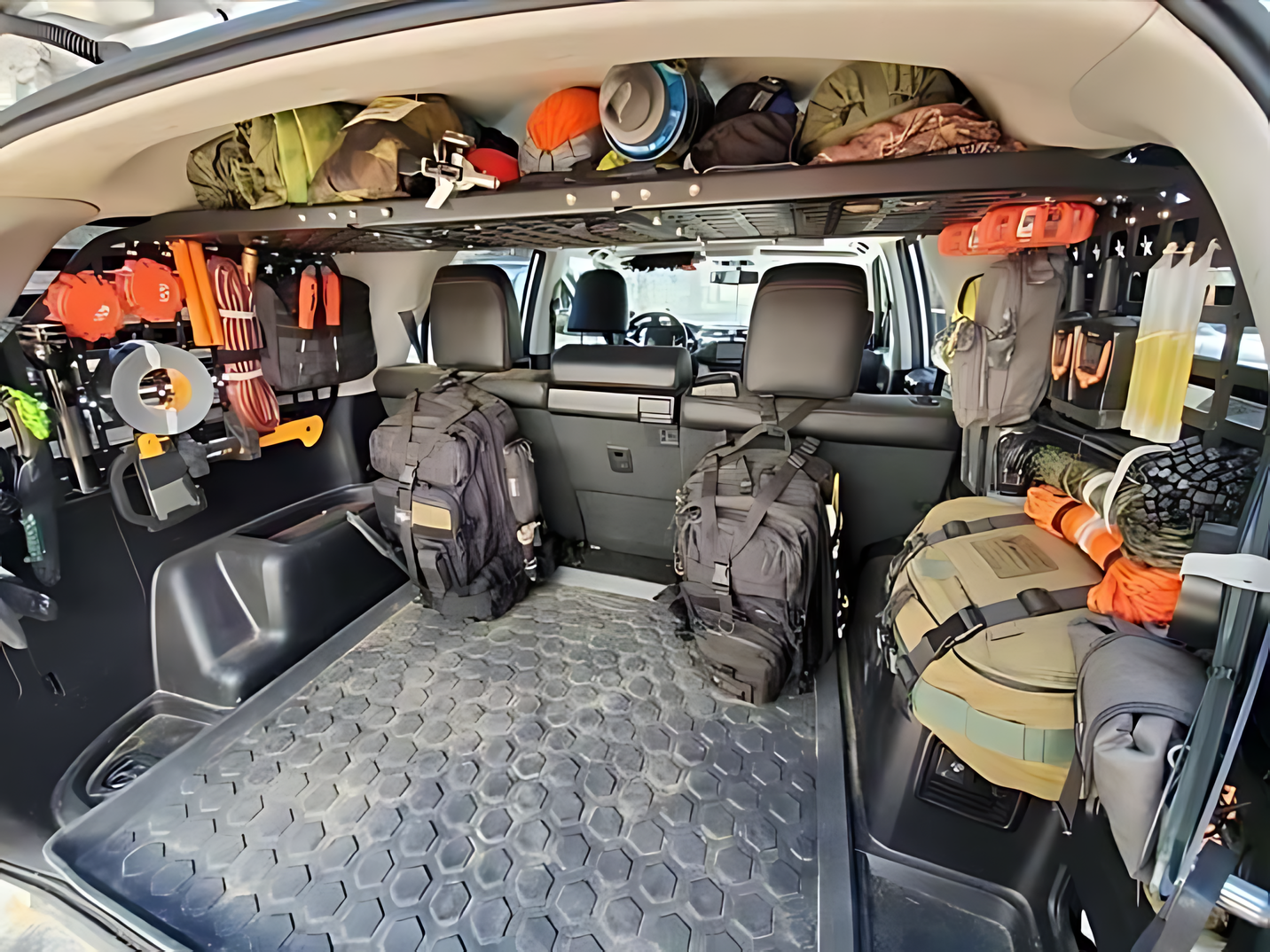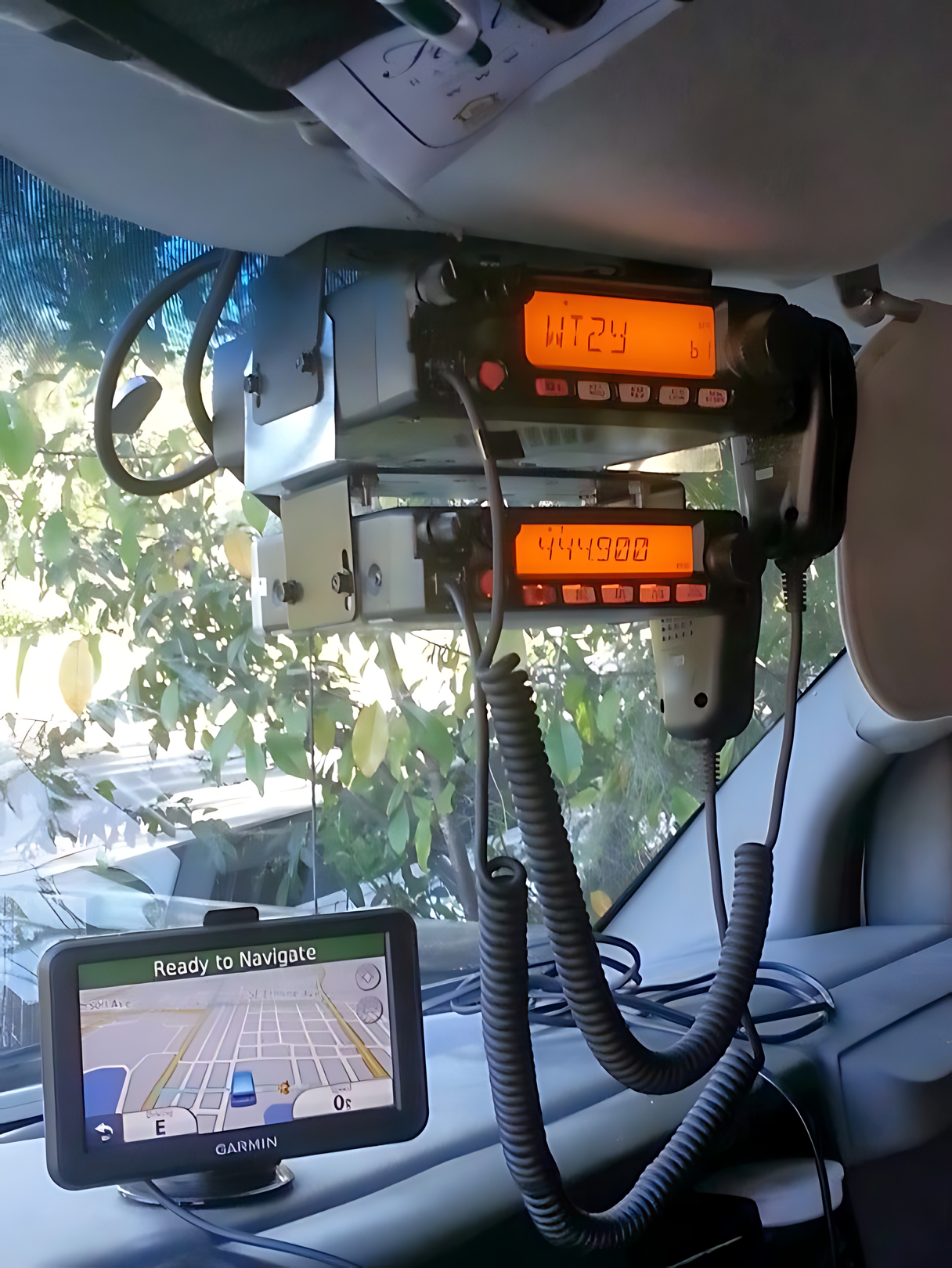Most people see a drone as a cool toy or a tool for getting aerial photos. But the real question isn’t about their recreational use—it’s about their range and who’s using them to watch, track, and control. This is a story of surveillance, warfare, and government overreach.
The Range of Civilian Drones
The flight range of a consumer drone depends on the model and price. A simple toy drone might only go a few hundred feet, but a consumer model from a company like DJI can travel up to seven miles. With modifications like signal boosters, a hobbyist can push that range to 20 miles or more.
With AI-assisted autopilot and waypoint programming, even non-tech-savvy users can program a drone to fly miles away, loiter for surveillance, and return without ever being seen. If civilians can achieve this, imagine what institutions with unlimited budgets are doing.
The Range of Military Drones
Military drones are in a different league entirely. They are not backyard toys; they are battlefield monsters.
- The RQ-4 Global Hawk has a range of over 12,000 miles and can fly from the U.S. to the Middle East without landing.
- The MQ-9 Reaper has a range of over 1,000 miles and can carry missiles.
- The Black Hornet Nano drone has a shorter range but is nearly impossible to see, making it perfect for silent reconnaissance.
These drones fly high, are often undetectable, and can deliver a payload or transmit real-time data to a central system. They are essentially satellites with wings. And they aren’t just used on battlefields overseas; they are already operating within the U.S. during emergencies, often with little to no civilian oversight.
Military vs. Civilian Drones: The Blurring Line
The line between military and civilian drones is quickly disappearing. Military-grade drones are being adopted by civilian police departments through federal assistance programs. While the public is told these are for search and rescue, many cities are already using them for thermal imaging, facial recognition, and mass surveillance, all without a public vote or consent.
When a crisis hits, drones become the perfect instrument for those in power. A bug-out plan becomes difficult when thermal drones can map every heat signature in your county. Defending your home could be considered “hostile resistance” when monitored from the air.
During Hurricane Katrina, the government showed how quickly operations can shift from rescue to lockdown. Drones now make this easier, allowing authorities to monitor and log every movement from above. FEMA has even conducted urban drone exercises for crowd monitoring and “containment protocols.”
The Law Doesn’t Matter
Legally, civilians must follow FAA regulations, which include line-of-sight flying and altitude limits. But when you break those rules, you get a fine. When the government breaks them, it’s “classified.”
Government agencies can apply for waivers that exempt them from nearly every restriction. While your drone flight might get flagged, a police department’s surveillance footage gets archived in a federal database.
Final Thoughts
“How far can a drone fly?” isn’t just a tech question; it’s a red flag. While they can be useful tools for mapping and filming, they are also the perfect instrument of control—silent, constant, and watching from above.
These aren’t threats for tomorrow; they are already flying. While you focus on prepping your home and supplies, the skies are slowly being claimed by machines programmed to monitor, assess, and potentially act.
Start looking up, because someone already is.




